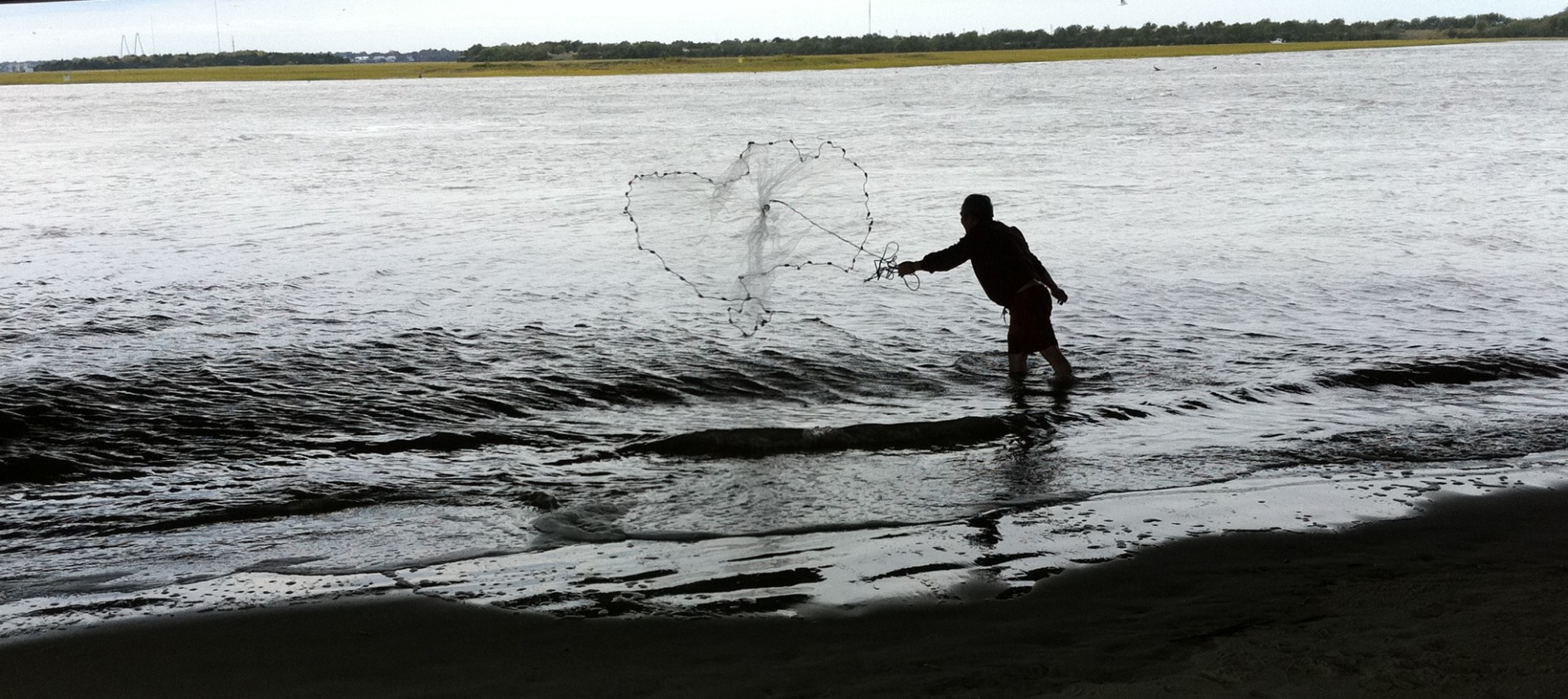Resilience Thinking walks us through the backbone of resilience theory, including discussions of thresholds and adaptive cycles, by using natural resource management case studies. Instead of re-hashing the aspects of resilience theory, I wanted to point out some common perceptions and assumptions on how people conceptualize natural resource management, as outlined by the authors: -we are short term optimizers -we think it’s possible to hold a system in an “optimal” state -we think that an ecological system will adapt to changes unless we outright destroy or convert it It’s essential to recognize our assumptions and perceptions of natural resources because they shape our management actions, as depicted in the case studies. In the example of the Florida Everglades, people viewed it as “abominable, pestilence-ridden swamp” (pg 19). As a result of these negative perceptions, the everglades was subject to various engineering projects that rerouted the water to dry up the area for farming, ridding of the “big mean, swamp”. I wonder if the same engineering projects would’ve been employed if people viewed the swamp as beautiful, bountiful resource. In the case of the Australian Goulburn-Broken Catchment one of the first European explorers described the area as beautiful, different, inviting and acknowledged that his discovery would lead to great change, “that our steps would soon be followed by the men and the animals for which it seemed to have been prepared” (p41-emphasis from me). He perceived this land to be prepared for man to be on it-which is exactly what happened next as the landscape was altered for farming and irrigation. Again, if the perceptions had been different (perhaps if it was viewed as a dull, unprepared environment) would the management outcome have been the same?
In response to Annette’s inquire to our reactions, so far I think the book is a good example of scientific communication. Purely scientific writing, such as the previous literature we read, can be entrenched with scientific jargon and complicated graphs that don’t appeal to the general public or people not well-versed in interpreting such literature. This book discusses resilience theory in a manner of practicality by including various real-world examples and case studies of socio-ecological systems crossing thresholds and moving through the adaptive cycle of resilience. The case studies were easy to understand and many of the events resonated with natural resource management issues that occur here in the Philippines.
However, in my opinion, there were a few specific instances in which I felt ideas was oversimplified. When discussing coral reefs as social-ecological systems, the authors mention that failures of MPAs to protect coral reefs in the Caribbean “reflect a traditional approach to natural resource management in which there is little acknowledgement of the linkages between the social and ecological domains of a system.” (p 73) At the risk of being “nit-picky”, I think this argument needs to be developed more because currently it underestimates the ability of people living in coastal communities to recognize how human actions are reflected in the surrounding natural environment. As Andrew and I previously discussed, people here in our coastal communities acknowledge and understand the links between society and the environment and think of humans as part of the ecosystem. So I don’t think it’s necessarily the acknowledgement of the linkages aka the traditional approach that leads to failure, but the capacity to change the approach and create policies and management practices that provide solutions for both ecological concerns and socio-economic or political constraints. In the examples provided we see that capacity for management can have various effects: in the Caribbean there are many different political jurisdictions, several of which are extremely poor and unable to provide resources for coral reef management. As a result of these social and political constraints and a heavy amount of over-exploitation, the reef management was dubbed a failure. Yet in the Great Barrier Reef, an area controlled by one political jurisdiction with adequate resources/capacity to govern and a lesser degree of over-exploitation, coral reef management was a success. People in the Caribbean coastal communities may acknowledge human-environment linkages, but due to do circumstances of poverty, lack of political will or coordination, and lack of management resources they don’t have the capacity to change the current management approach and address the social and political constraints.


